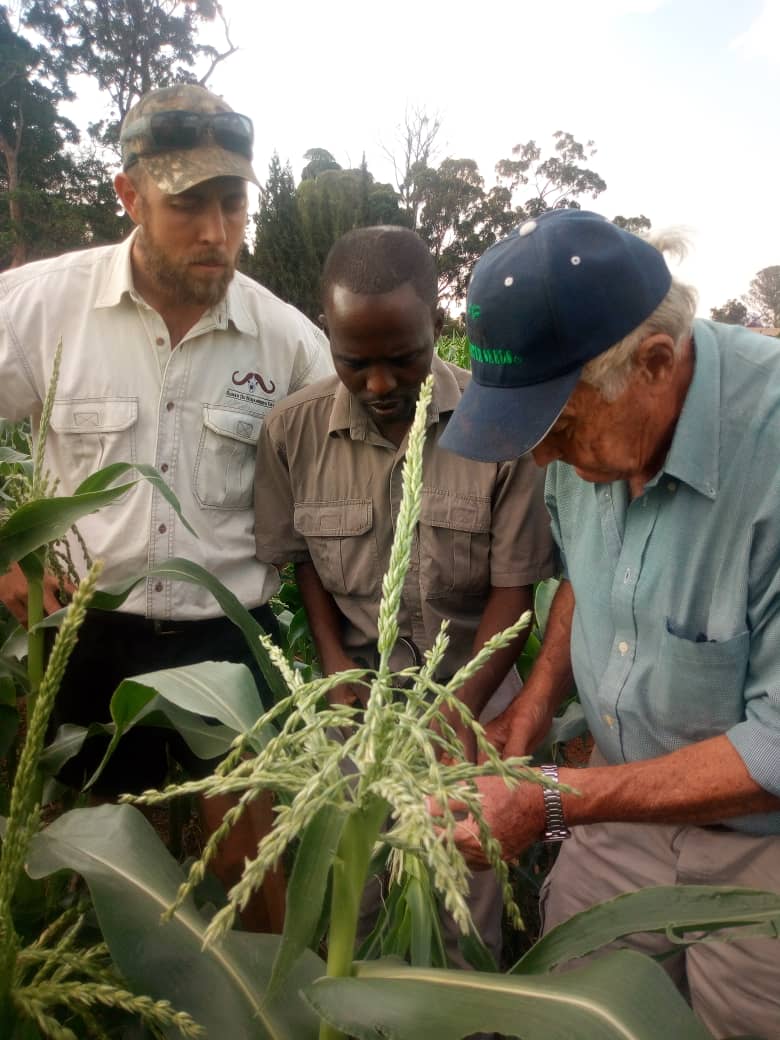1/13The Importance of Good Soil Tilth To The Horticulturist. By creating morden day hybrid vegetable varieties with enormous yield potential.Plant breeders have completely changed the nature of soil science in horticulture. Morden horticultural varieties are bred for many reason
2/13 but are all capable of exceptionally high yields. If the grower gets it right, with the right varieties he can achieve marketable yields of epic proportions. Commensurate with record breaking yields is a very high rate of plant metabolism for much longer periods than in the
3/13 past. This means a much higher rate of nutrient uptake must be maintained for a considerable part of the plant's life span. Soil factors like intensity(immediate available nutrient) and capacity (nutrient available for a period of time - usually the useful life of the crop)
4/13need to be raised with fertilizer in those parts of the soil which are critical to nutrient uptake, but the most important factor in nutrient uptake is the rate of root growth and the proliferation of roots in the soil. The root must continually grow into new soil because the
5/13 envelope of soil solution surrounding the root tip is quickly exhausted of nutrients and the root must move on.Roots are subject to the same trans-universal physical laws that govern our whole environment. If an aperture is too small they cannot pass through it. Roots do not
6/13 push soil particles apart but grow between them and if the inter-particular space is too small they cannot pass through but twist and turn until they can find a way forward.This results in energy waste a much smaller slower growing less efficient root system, correspondingly
7/13 decreased top growth with smaller photosynthetic capacity, increased incidence of disease in the weakened top growth and reduced yield and quality.Many well known factors contribute towards a good porous tilth such as incorporation of organic matter into the soil and the use
8/13 of leys and soil conditioners but all these take time. When a good tilth is required quickly @Charterseeds make use of different coefficients of expansions of different clay minerals. After carefully pulling clods to the surface in a manner which fits in with the layout of
9/13 the agricultural operation concerned, the clods are alternatively wetted and dried until a very small amount of applied pressure collapses the clods. Once tilth is created a fixed bed (continuous traffic) system is advocated where careful nurturing of the soil can create the
10/13 excellent drainage and high levels of soil oxygen conducive to record breaking yields. In addition to high yields other benefits accrue from good tilth. Good aggregated porous tilth allows maximum and equal root growth from each plant. The presence of stones or clods in the
11/13 root zone is not acceptable. A good healthy root system growing in a highly oxygenated environment is also associated with a healthy top crop with much less stem rot and leaf disease. Poor drainage and low oxygen levels in the soil are associated with premature senescence
12/13 and the early onset of disease. Disease very often breaks out in areas of poor drainage. So a good tilth is essential for growing high yielding, uniform profitable crops. If the grower gets it with the right crop variety for the market, absolutely outstanding results can
13/13 be achieved with Charter Seeds/Starke Ayres hybrids. #farming #horticulture
@Charterseeds @corporatefarmg1 @MukuvariKaroi @basera_john @JohnMuchenje4 @CdeNMaswerasei @marsdee2014 @mrLethario @riginalty @MutambaTinashe @agrisols @RedSoilFarm @IsabellaMaponga
@Charterseeds @corporatefarmg1 @MukuvariKaroi @basera_john @JohnMuchenje4 @CdeNMaswerasei @marsdee2014 @mrLethario @riginalty @MutambaTinashe @agrisols @RedSoilFarm @IsabellaMaponga
• • •
Missing some Tweet in this thread? You can try to
force a refresh




















